- Yokohama-shi Top Page
- Izumi Ward Top Page
- Introduction of the ward
- Overview of Izumi Ward
- Izumi Ward Walking Map
- Izumi Ward Walking Guide-From the southern part of Izumi River to Shimoiida
Here's the text.
Izumi Ward Walking Guide-From the southern part of Izumi River to Shimoiida
Last Updated December 13, 2023
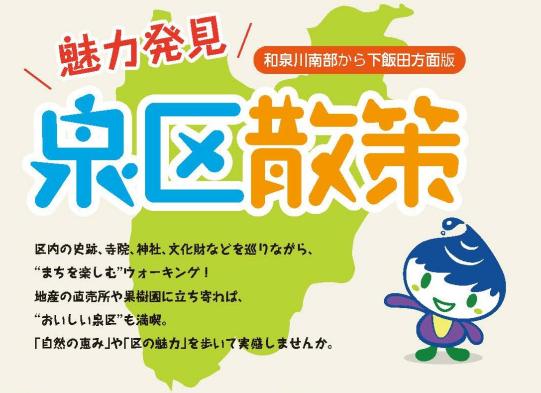
Izumi Ward Walking Guide (in the southern part of Izumi River to Shimoiida) was created.
Walking around the historic sites, temples, shrines and cultural properties of Izumi Ward!
If you stop by Chisan's direct sales outlets and orchards, you can enjoy a delicious Izumi Ward.
Why don't you feel the blessings of nature and the charm of Izumi Ward on foot?
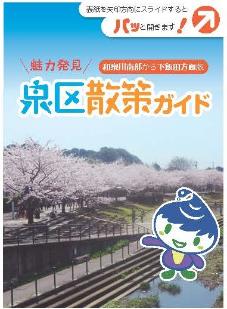
[Distribution location] Distribution has ended due to out of stock.
Izumi Ward Office 1st floor
●Izumi inhabitant of a ward activity support center
●Public Relations Section
3rd floor of Izumi Ward Office
●Regional Promotion Division
Izumi Ward Walking Guide (Walking Map)
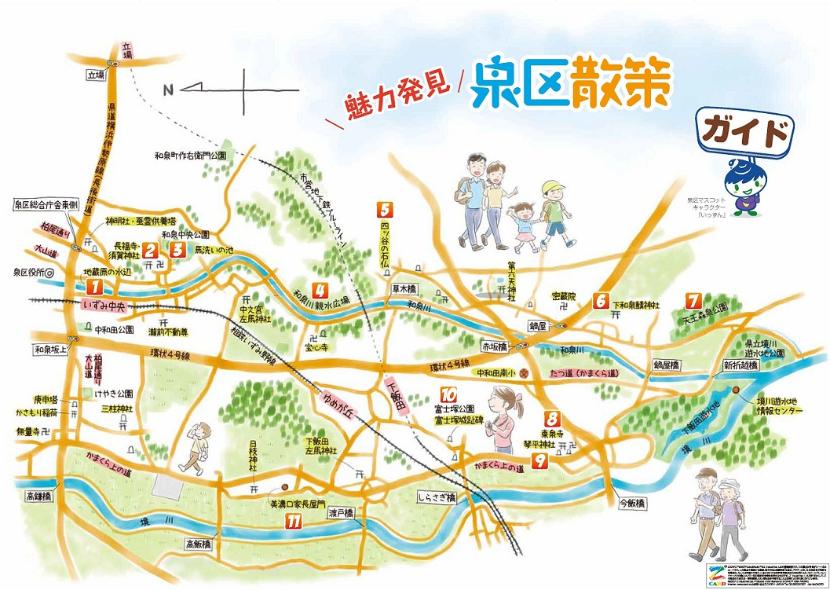
Highlights Information
Here are some of the highlights (numbers) in the map.
1: Waterside of Jizo Hara
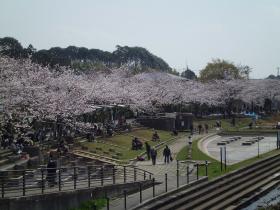
It is said that the origin of the place name "Jizo Hara" is that "Jizo-sama was built to mourn the warrior who died in the war at the place where Kojiro Izumi fought," and before development, along the Route 4, which attacked Yoshisada Nitta Kamakura. Jizo was enshrined.
In the spring, there are many people who eat lunch while watching the cherry blossoms, and in the summer small children play in the water.
2: Chopukuji Temple
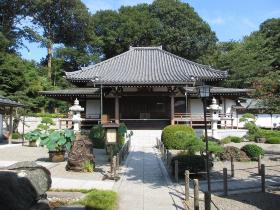
The Rinzai sect Tennozan Chopukuji Temple is the end of Kamakura Enkaku-ji Temple, and the main statue is the Buddha of Shakamuni. In the new edition of Sagami Fudoki, Izumi Village Chofukuji, Kaizan is a disciple of Enin Daikakuzen, so it was founded in 1282 after the opening of Enkaku-ji Temple, and in the era of Goro Iida, `` Requiem of the Yoriya family '' It is thought that it was erected in a land related to Chikahira Izumi.
It is reported that Chikahira Izumi recommended Ushido Tenno of Kyoto Gionsha.
3: Izumi Chuo Park, Morai Inoike
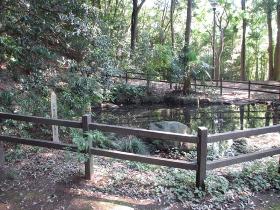
It opened in the fall of 1986 with the birth of Izumi Ward. In the park, "Totsuka Ward History" explains, "The pond of Hosanmachi Kono, based on the new edition of Sagami Fudoki, is not confirmed as the site of Izumi Kojirokan, but the remains show the appearance of the site before the Warring States period." The remains of the samurai hall in the Middle Ages still exist.
"Kojiro Morai Ino Pond" had no spring water dead all year round, and in the past, we used to draw water from the pond and dry it to pray for rain. In the park, there are sculptures "Mon" and "Ayame Deai Pond" by Mitsuaki Sora.
4: Izumi River Waterfront Plaza
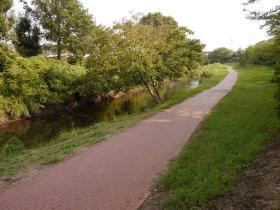
It is maintained as a plaza integrated with the river in the section from Kusasaki Bridge to Sekishima Bridge. It is a relaxing place where children can enjoy playing while watching the Izumi River.
It is also a colony of flower iris in the city, and it is recommended not only as a stroll but also as a place to get close to the river. In 1988, it was selected as the "Handmade Local Prize" [Ministry of Land, Infrastructure, Transport and Tourism].
5: The Stone Buddha of Yotsuya
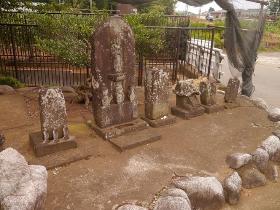
When you cross the Kusasaki Bridge over the Izumi River, the countryside spreads out. It is a plant site in the late Yayoi period. A group of stone Buddhas are lined up at the three-way intersection ahead of it.
Into seal tower (into) remaining (unknown), Dosojin tower (1870 / 1870), Jizo Koshin Tower (1670 / 1670), Dewa Sanzan memorial tower (1805 / 1805), Stone shrines (unknown) can be seen.
6: Shimo-Izumi Saba Shrine
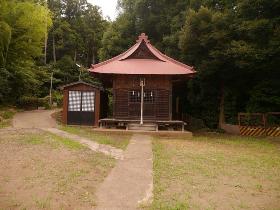
It is one of the Saba Shrines found along the Izumi River. The god of the god is Minamoto (Mitsunaka). It is said that during the Keicho era (1596-1615), local townships Shimizu and Suzuki proposed as deity.
In 1689 (1689), a ridge tag (Munefuda) for the restoration of the shrine by the donation of Ujiko was left. Just below the shrine is the former Shimizu Silk Mill, where you can see the collapsed wells and waterways used in this factory from the precincts.
7: Tenno Moriizumi Park
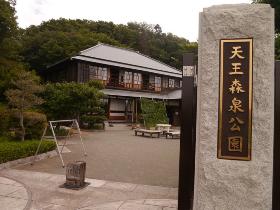
Opened in November 1997, it is a park with lush greenery that preserves the original scenery around the Tenno Moriizumi Museum, and abundant spring water that nurtures fireflies and wasabi.
Tenno Moriizumi-kan is the main building of the former Shimizu Silk Mill. It is the only silk-related relic that remains in the city built during the Meiji era, reminiscent of the Izumi, Iida and Akuwa districts being a major silk industry area. In January 1998, it was selected as a historic building certified by Yokohama City.
8: Tosenji Temple
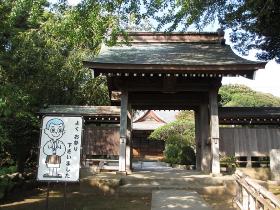
It used to be along the Sakai River, but it was reported that it was relocated around 1590 by the local lord Hagimoto Kakehi Tameharu in 1590 due to repeated floods. The temple of Kamakura Ryuho-ji Temple in the Soto sect. The mountain name is called the giant tree mountain, and the large ginkgo in front of the mountain gate is designated as the famous tree Furuki of the city.
In addition, at Yakushido on the precincts, there is a statue of Yakushi Nyorai, who was the guardian principal of Kamakura warlord Goro Iida.
9: Kotohira Shrine
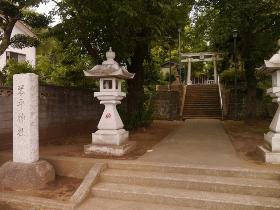
Kotohira Shrine, which worshiped the guardian deity of flood control, was known as Kompira of Iida by Tosenji Temple during the Edo period.
According to the Shinto-Buddhist separation order of 1869 (1869), it became independent as Kotohira Shrine, with the god of the great lord (Omononushi no Kami) and the emperor Takashi Toku (Sutoku). Tenman-gu Shrine, Yasaka-jinja Shrine, Inari Shrine, Shirayama Shrine, etc. are enshrined in the precincts.
10: Fujizuka Park
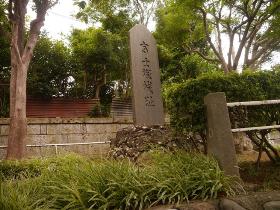
There is a park with a stone monument of "Fujizuka Castle Ruins" in Fujizuka housing complex. It is said that this land was the place where Goro Iida's house, which saved the crisis of Yoritomo Minamoto. Before the creation, there were depressions that seemed to be traces of empty moats and similar place names.
In 1899 (1899), Olympic towers and ossuary bottles were excavated. The excavated items are enshrined at Tosenji Temple. The local people thought that it would be Mr. Iida's tomb, and set up a monument to "Koken Daibosatsu" and memorialized it.
11: Minoguchi Ienagayamon
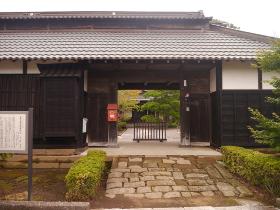
Iida's Kamakura Road was called the "Upper (West) Road", and was an important road connecting the land related to Nitta and Ashikaga and Shinano to Kamakura. The Minoguchi family has been a master and village chief for generations, and the spring Ko from our family is a poet under Basho, and the related materials are a tangible cultural property [history material] in the Yokohama City area.
Nearby, there is Hie-jinja Shrine, which is said to be the deities of the Mochida and Minoguchi families. (Because it is a general house, you cannot visit the gate.)
※Izumi Ward Walking Guide
Contact information
Regional Promotion Division inhabitant of a ward business (309 on the third floor)
Telephone: 045-800-2392
FAX: 045-800-2507
You may need a separate PDF reader to open a PDF file.
If you do not have it, you can download it free of charge from Adobe.
![]() To download Adobe Acrobat Reader DC
To download Adobe Acrobat Reader DC
Inquiries to this page
Izumi Ward General Affairs Department Regional Promotion Division
Telephone: 045-800-2391
Telephone: 045-800-2391
Fax: 045-800-2507
Email address: iz-chishin@city.yokohama.lg.jp
Page ID: 342-838-175













